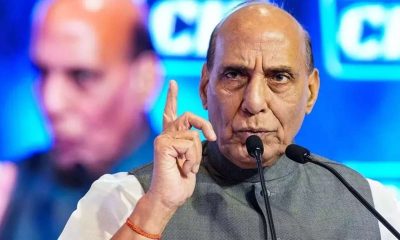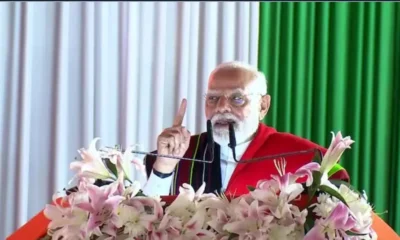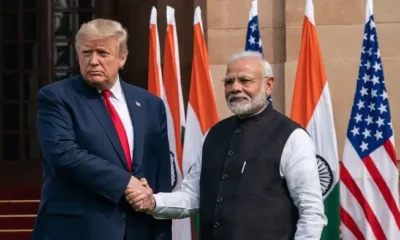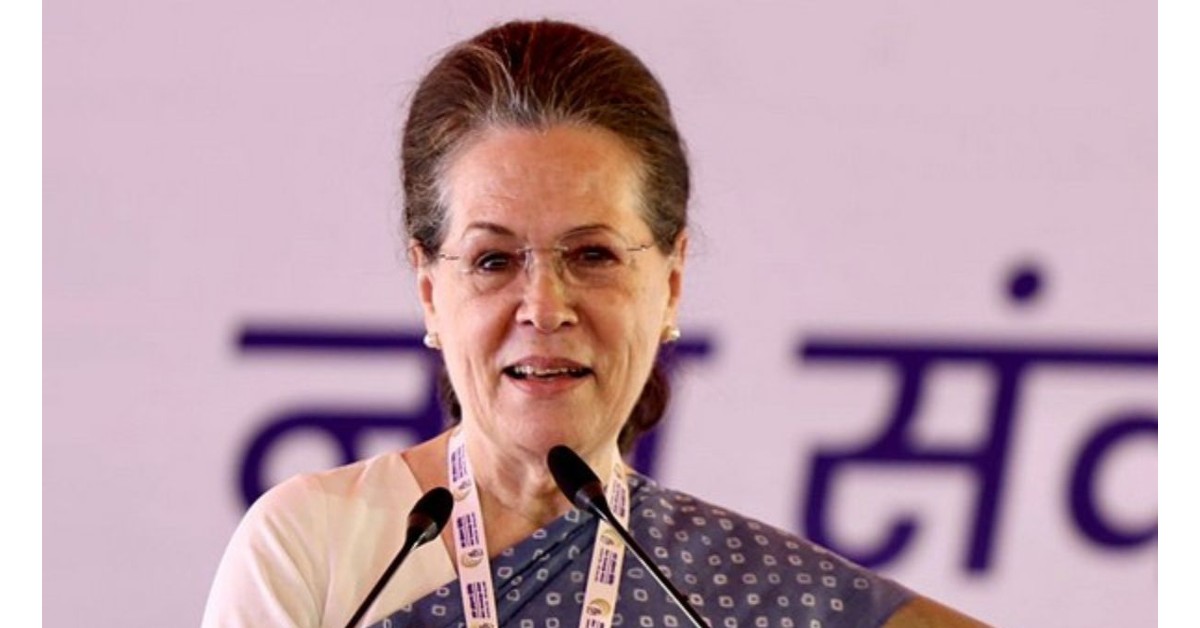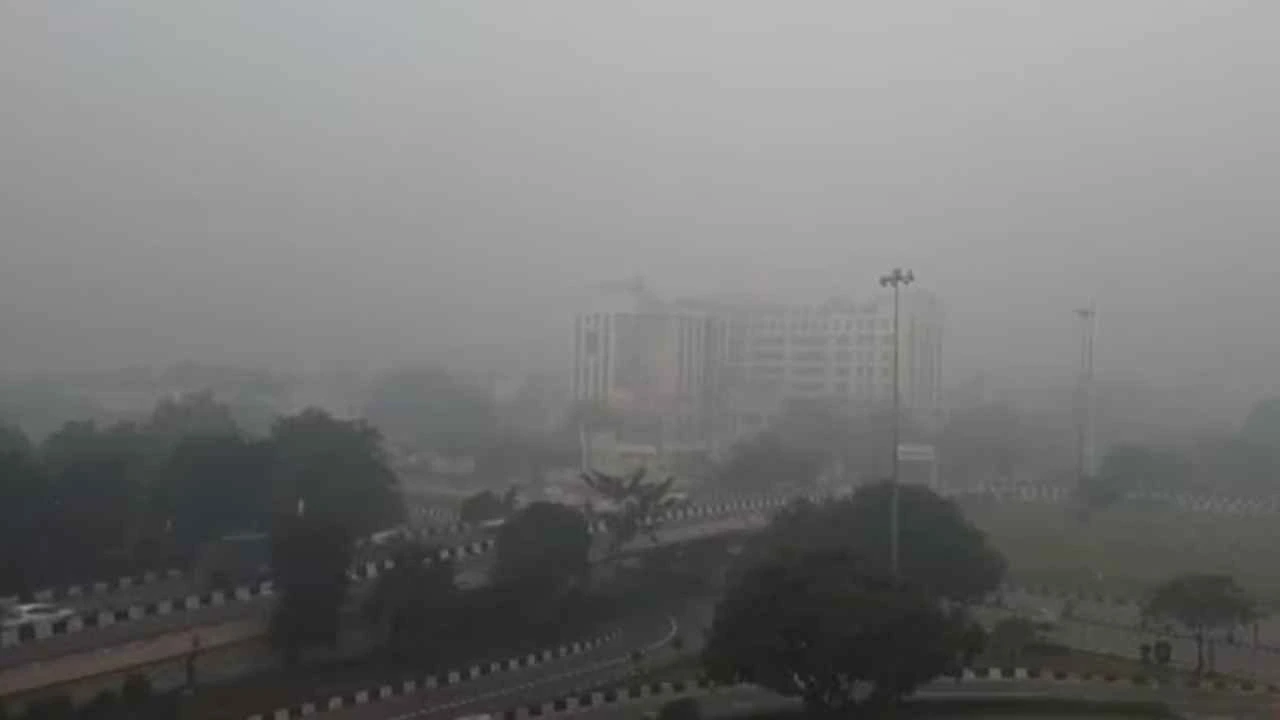[vc_row][vc_column][vc_column_text]Intelligence Bureau chief Rajiv Jain says 383 personnel, including those from BSF, CISF, ITBP, state police forces killed between September 2016-August 2017
As many as 383 police personnel, including 56 belonging to the Border Security Force and 42 from Jammu and Kashmir, have laid down their lives in the line of duty in the last one year, director of Intelligence Bureau Rajiv Jain said on Saturday.
Addressing the Police Commemoration Day, where home minister Rajnath Singh led the nation in paying tribute to martyrs of police forces, Jain said the 383 police personnel were killed while performing various duties across the country from September 2016 to August 2017.
Among these police personnel, 76 belonged to the Uttar Pradesh Police, 56 belonged to the BSF, 49 were from the CRPF, 42 from the Jammu and Kashmir Police, 23 belonged to Chhattisgarh, 16 were from West Bengal, 13 each belonged to Delhi and the CISF, 12 each were from Bihar and Karnataka and 11 from the ITBP.
Majority of the police personnel died while dealing with cross-border firing from Pakistan, fighting militancy in Jammu and Kashmir, Naxals and other law and order duties.
The day is observed to pay homage to 10 policemen killed in firing by Chinese troops in 1959 and 34,400 others who laid down their lives protecting India’s unity and integrity.
Observed as ‘Police Commemoration Day’, October 21 commemorates the sacrifices of the 10 policemen while defending India’s borders with China in 1959, a statement issued by the Home Ministry said.
The Indian police personnel were responsible for manning the 2,500 mile-long border of India with Tibet until the autumn of 1959. On October 20, 1959, three reconnaissance parties were launched from Hot Springs in North Eastern Ladakh in preparation for further movement of an Indian expedition which was on its way to Lanak La.
While members of two parties returned to Hot Springs, the third one comprising two police constables and a porter did not return, the statement said. The remaining forces were mobilised next morning in search of the missing personnel.
A party of about 20 police personnel led by Karam Singh, a Deputy Central Intelligence Officer (DCIO) rank officer, proceeded on horseback while others followed on foot in three sections. At mid-day, the Chinese Army personnel were seen on a hillock who opened fire and threw grenades at the Indian party, the statement said.
Since there was no cover, most personnel were injured. Ten of the brave police personnel were killed and seven others sustained injuries in the incident. Bodies of the 10 personnel were returned by the Chinese on November 13, three weeks after the incident.
The bodies were then cremated with full police honours at Hot Springs in Ladakh.
The annual conference of Inspectors General of Police of States and Union Territories held in January, 1960 decided that October 21 would, henceforth, be observed as ‘Commemoration Day’ in all police lines in the country to mark the memory of these gallant personnel, the statement said.
It was also decided to erect a memorial at Hot Springs, and that members of police forces from different parts of the country trek to Hot Springs every year to pay homage to the gallant martyrs.
Since independence, 34,418 police personnel have sacrificed their lives for safeguarding the integrity of the nation and providing security to people of this country, the statement said.
(This article is from a syndicated feed provided by news agency PTI)[/vc_column_text][/vc_column][/vc_row]


 Cricket news1 hour ago
Cricket news1 hour ago
 Latest world news43 mins ago
Latest world news43 mins ago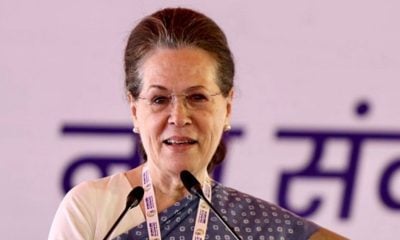
 India News35 mins ago
India News35 mins ago


